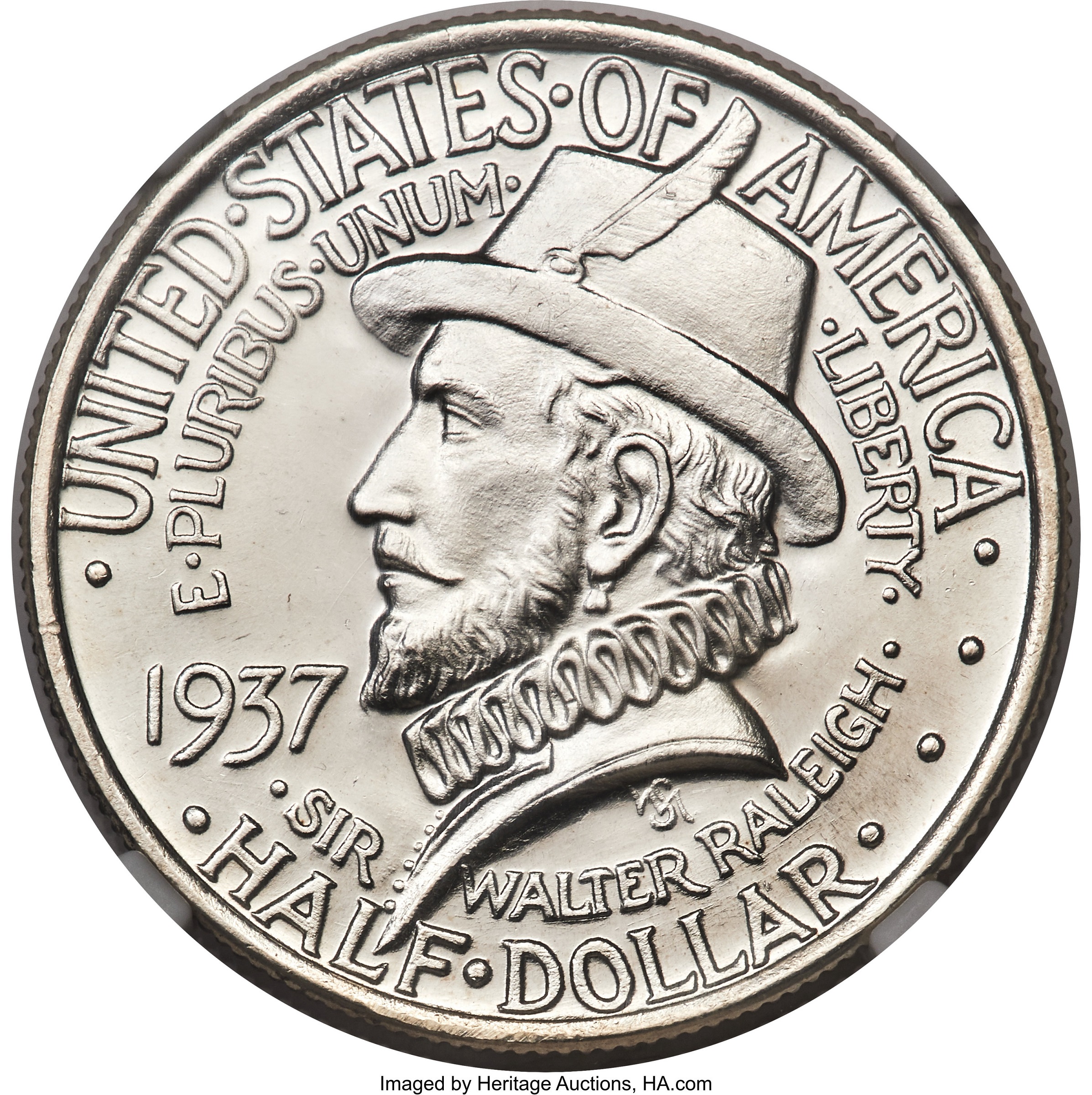
By Jim O’Neal
When I was (much) younger, we thought it was great fun to call a liquor store and ask: “Do you have Sir Walter Raleigh in a can?” If the clerk said yes, we’d shout, “Well, you better let him out! His wife is looking for him!”
This would be followed by raucous laughter and cheering at our clever mischief. What I’m sure we didn’t know was that Sir Walter Raleigh had been beheaded on Oct. 29, 1618, and the severed head given to his wife. She had it embalmed and kept it in a red bag for 29 years until she died.
In a perverse way, our childish phone call may have been technically correct – that his wife had been looking for “the rest of him,” but it was just a much earlier time. Even today, there still exists a controversy over whether the head and body have ever been reunited. Coincidentally, I’ve discovered that Sir Walter Raleigh tobacco is still available (online) in cans or pouches.
Walter Raleigh, born in 1552, lived in an important time in England’s history. As a flamboyant soldier, explorer and would-be colonizer, he owed much of his success to the favor of Queen Elizabeth I (1533-1603). She was the daughter of Anne Boleyn, Queen of England from 1553 to 1536 and the second of King Henry VIII’s six wives. Their marriage ended abruptly when Anne was charged with treason, imprisoned in the Tower of London and subsequently beheaded. This was the start of the English Reformation when the Church of England revoked the authority of the Pope and the Roman Catholic Church.
Queen Elizabeth fared far better than her mother and ruled for 45 years. She found the tall, handsome Raleigh of great interest and granted him a cornucopia of titles, estates and monopolies as well as the sole patent to place settlers in America. In addition, working on behalf of the Crown, he led privateering expeditions against the Spanish and played a role in the colonization of Ireland, setting in motion the formation of an English Empire.
He was rewarded with a large estate in Ireland and knighthood in 1585. Within a few years, he became captain of the Queen’s Guard. Sir Walter Raleigh was an early supporter of colonizing North America and invested in an expedition across the Atlantic. This was the first attempt to found a permanent English settlement in the New World. It ended up off the coast of modern North Carolina and was known as the Virginia settlement (in honor of Queen Elizabeth, the “Virgin Queen”). Some of the colonists returned to England, bringing potatoes and tobacco, two things generally unknown in Europe.
A second voyage was sent in 1590, only to find no trace of the colony, other than the word CROATOAN on a piece of wood. It would become known as the “Lost Colony of Roanoke Island.” Although historians claim that tobacco was present in Europe before Raleigh’s time, he is often credited with popularizing it in England, despite never making a single trip to America. His association with tobacco has been enshrined by the Beatles on their acclaimed White Album. John Lennon derided him in the song “I’m So Tired,” with the lyrics, “Although I’m so tired, I’ll have another cigarette, And curse Sir Walter Raleigh, He was such a stupid get.”
Sadly, by the time the Jamestown Colony was established in Virginia in 1607, Walter Raleigh would be a prisoner in the Tower of London. His jealous enemies in the Court falsely accused him of participation in a bizarre plot to kidnap King James. Regardless, he was charged with treason and condemned to die (in the usual fashion). However, he somehow convinced the king that he could lead an expedition to the famed El Dorado and make the king the wealthiest man on earth.
It turned out to be a fiasco. But Raleigh honorably returned to England, where the treason charge was reimposed and he was again condemned to death. On Oct. 29, 1618, Raleigh, now 66 years old, coolly stepped up to the scaffold and asked the executioner to test his blade to ensure it “had a good edge.” Smiling, he said, “This is sharp medicine, but is it a physician for all diseases?”
The following century, the French Revolution provided a better answer to the issue of paying the executioner a bribe to have a good, sharp edge and be sure it was done with one accurate stroke. They developed a mechanical beheading machine. On Oct. 10, 1789, physician Joseph-Ignace Guillotin proposed to the National Academy that decapitation be done with “a simple mechanism.” During the Reign of Terror (1793-94), 17,000 people – including King Louis XVI and Queen Marie Antoinette – had a chance to evaluate this improvement, but the results are generally from people observing rather than actual users of this technique. Dr. Guillotine was not one the participants.
Eventually, the American cowboy made further improvements whenever there was a rustler or back-shooter that needed a taste of frontier justice. All that was required was a rope and a tall tree. A sharp whack on the buttocks of a sturdy horse was usually sufficient. My favorite Western movie … Red River, with John Wayne and Montgomery Clift (1948) … ends on the issue of hanging. For trivia buffs, if you ever watched the Peter Bogdanovich movie The Last Picture Show, you know it was Red River!
 Intelligent Collector blogger JIM O’NEAL is an avid collector and history buff. He is president and CEO of Frito-Lay International [retired] and earlier served as chair and CEO of PepsiCo Restaurants International [KFC Pizza Hut and Taco Bell].
Intelligent Collector blogger JIM O’NEAL is an avid collector and history buff. He is president and CEO of Frito-Lay International [retired] and earlier served as chair and CEO of PepsiCo Restaurants International [KFC Pizza Hut and Taco Bell].
